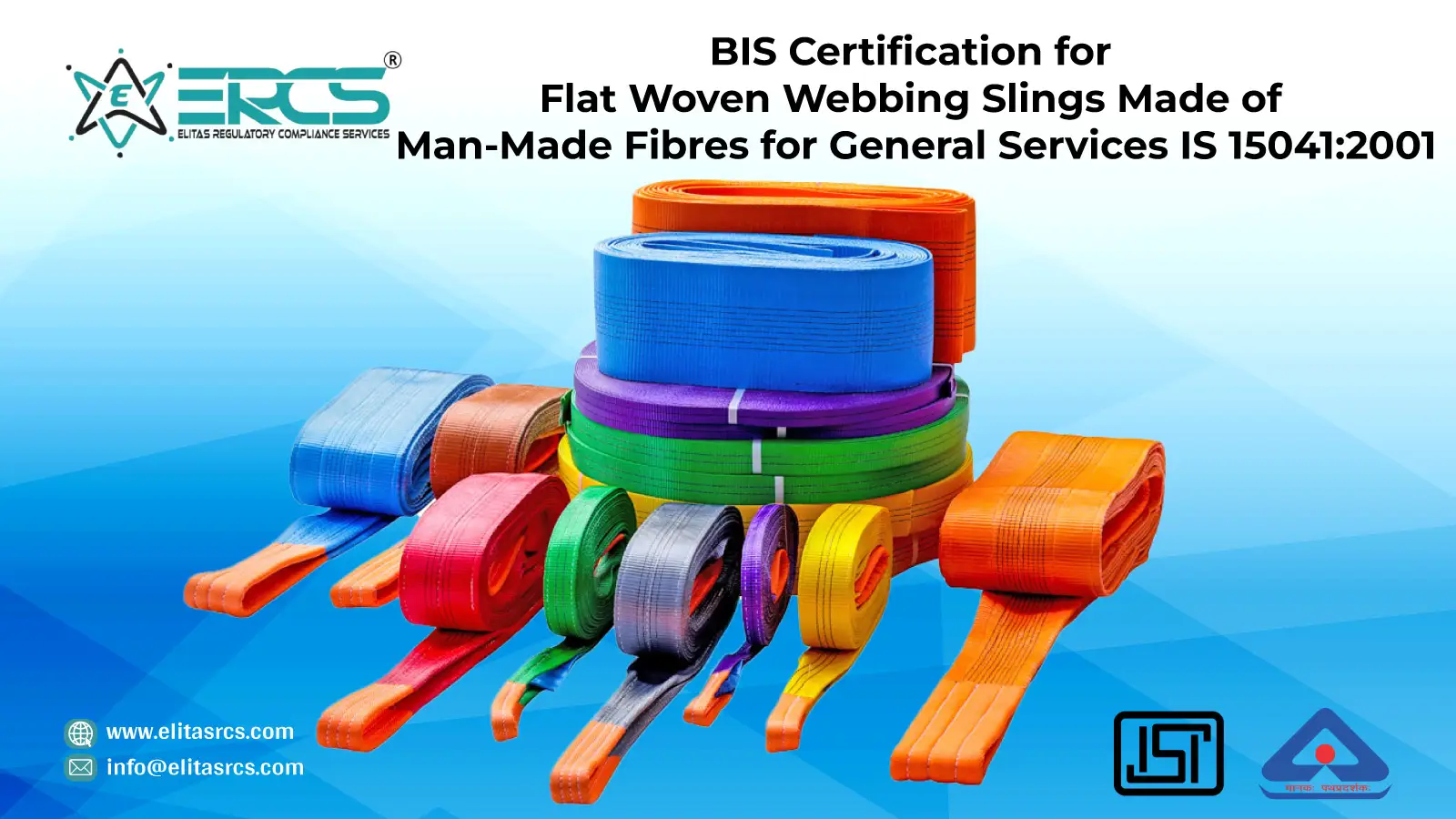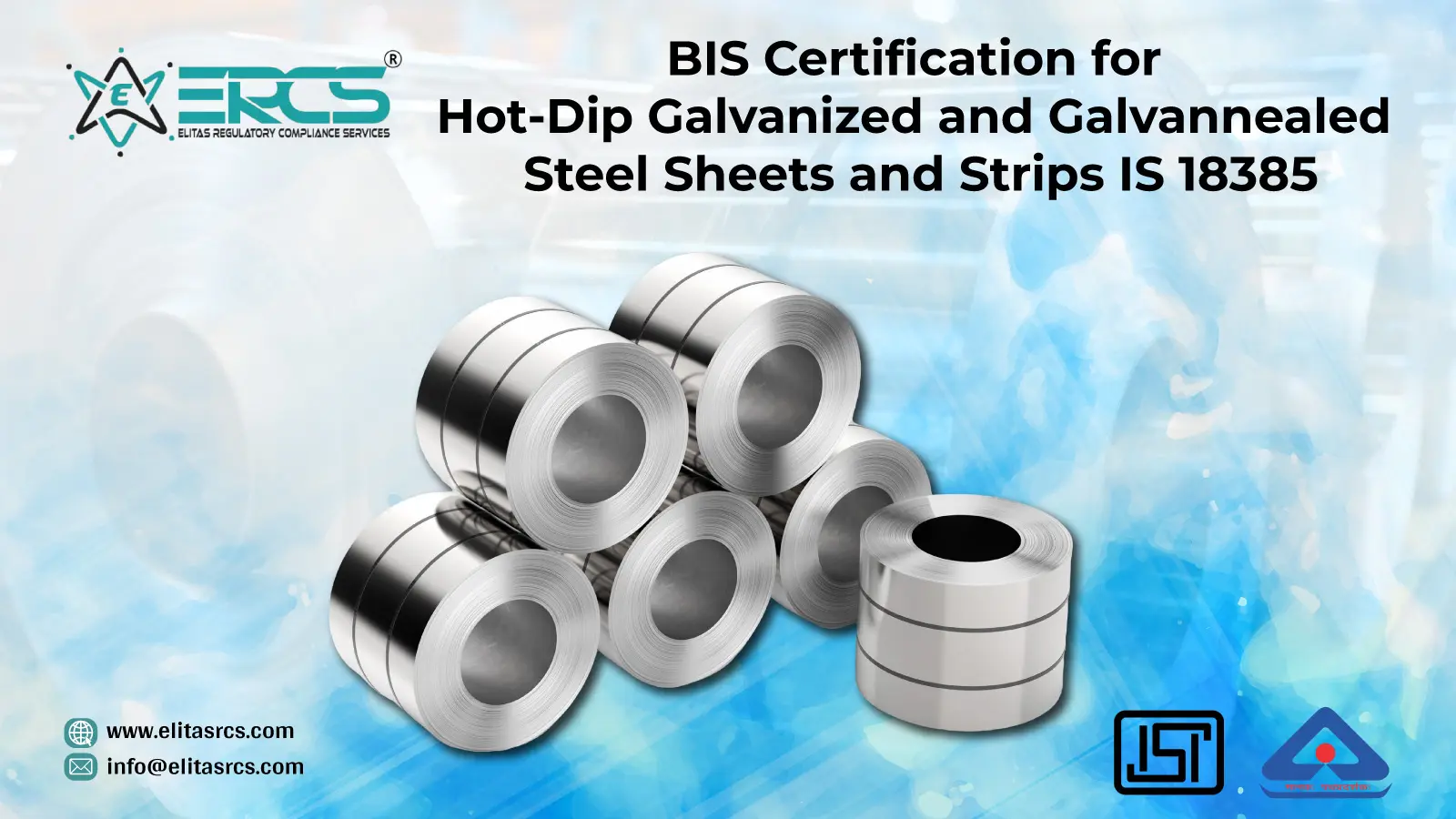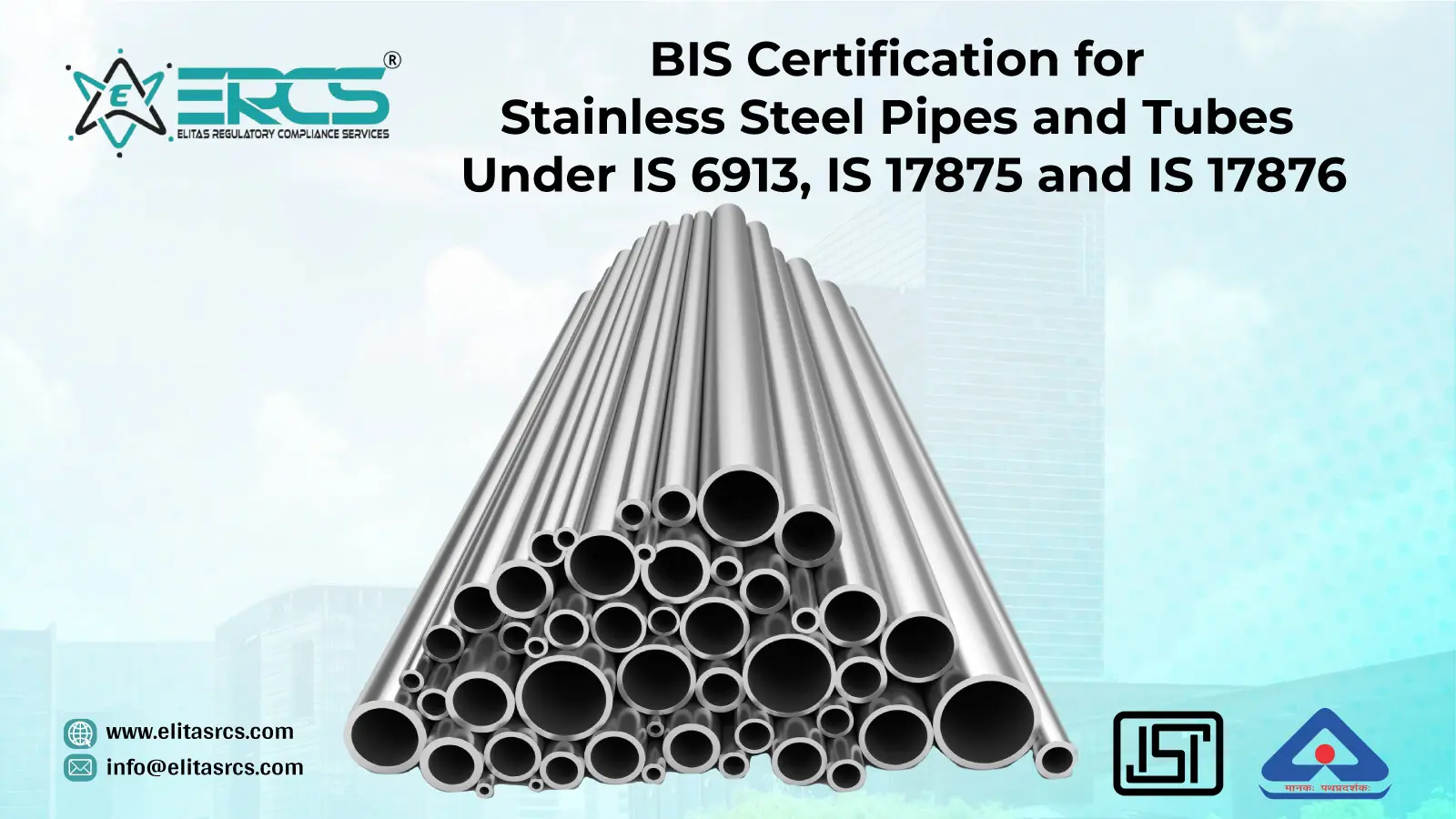BIS Certification for Multi Layered Cross Laminated Sheets and Tarpaulins/covers Under IS 14611

BIS CERTIFICATION FOR MULTI LAYERED CROSS LAMINATED SHEETS AND TARPAULINS/COVERS
Multi-layered cross-laminated tarpaulins are made of several layers of plastic film placed over one another in a criss-cross manner and bonded by a cold-roll technique. The resultant fabric is extremely strong yet lightweight.
This is an innovative complete protection, all weather cover made from multi-layered cross cut film, fused together giving it maximum strength and high durability.
Types of Tarp Materials
Tarps are made of a variety of materials depending on their use. Their main use is for covering, but they often need special characteristics such as strength, flexibility, and water resistance. Sometimes they may need to protect against extreme weather conditions like heavy sun exposure, storms,or strong winds.
The materials present in tarps are the basis for selecting the type of tarp to use. Tarps are classified based on different specifications, and the best material will depend on your needs.
Water resistance
Tarps are used to protect goods or spaces from rain or moisture. A water-resistant tarp is useful when you want to protect your goods. Tarps have a range of levels of resistance. Some tarps are completely waterproof while others are only slightly water-resistant.
Nylon
One of the most common materials in tarps is nylon, which has a very strong strength-to-weight ratio. Its elasticity is also a benefit for “stretching” in tarps and is extremely durable. Vinyl-laminated polyester tarps are fire retardant and waterproof, which makes them ideal for long-term outdoor use.
Resistance to corrosion
Degradation easily results due to acids, oils, greases, mildew, and even sunlight. You should choose a tarp with a special resistance coating if you expect to use it in these conditions.
Strength
This is measured by the ability of a tarp to hold together when subjected to force. Materials used and the method used to weave play an important role in the strength of a tarp. Depending on where you will be using your tarp, it may need to be able to withstand strong winds without tearing or breaking.
BIS is a statutory institution established under the Bureau of Indian Standards Act,1986 to promote harmonious development of the activities of standardization, marking and quality certification of goods and attending to connected matters in the country.
Multilayered Cross Laminated Sheets and Tarpaulins/ Cover product has been specified in IS 14611:2016 by Bureau of Indian Standards.
This standard prescribes the requirements, constructional details, method of sampling and tests for multilayered cross laminated sheets, tarpaulins, covers and agricultural films intended for packing, ground covers (mulching), water conservation systems and fumigation covers, agricultural operations, horticulture, etc.
Plastic films for greenhouses are not cover under this standard. For plastic films for greenhouses a separate Indian Standard, IS 15827 has been published.
REFERENCES
The standards given below contain provisions which, through reference in this text, constitute provisions of this standard. At the time of publication, the editions indicated were valid. All standards are subject to revisions, and parties to agreements based on this standard are encouraged to investigate the possibility of applying the most recent editions of the standards indicated below:
· 1070 : 1992 Reagent grade water - Specification (third revision)
· 1969 (Part 1) : 2009 Textiles - Tensile properties of fabrics - Determination of maximum force and elongation at maximum force: Part 1 Strip method (third revision)
· 2244 : 1972 Glossary of terms relating to treated fabrics (first revision)
· 2508 : 1984 Specification for low density polyethylene film (second revision)
· 4905 : 2015 Random sampling and randomization procedures (first revision)
· 7016 Methods of test for coated and treated fabrics
· (Part 1) : 1982 Determination of roll characteristics (first revision)
· (Part 4) : 2003 /ISO 1420 : 2001 Rubber- or plastic-coated fabrics - Determination of resistance to damage by flexing (second revision)
· (Part 7) : 2009 /ISO 7894 : 1995 Determination of resistance to penetration by water (first revision)
· (Part 8) : 1975 Accelerated ageing
· 15827 : 2009 Plastics films for greenhouses - Specification
Importance of colors on tarps
The most common color of tarp is blue, and they are often seen on construction sites and trucks transporting corn or other food products. However, there are other colors of tarps; these colors sometimes have significance but it often depends on the company producing them. For example, one company might use red to signify dangerous materials while another company could use red to mean more visibility. There are no government regulations on specifications on the type of colors or their meaning on tarps, but companies generally follow similar color schemes.
Yellow, orange, and red
Red is mostly used to show visual importance for materials or dangerous places in construction sites. It reduces the risks of getting into an accident as it warns workers to use extra caution in these areas. You can also use the different colors to show different stages of construction. For instance, orange for the first stage, yellow second stage, and red third stage.
Most companies use these colors for heavy-duty tarps. They absorb sunlight rather than reflect it. They are ideal to transport asphalt that requires high temperatures.
White and silver
These tarps reflect sun rays and are mostly used to offer shade. They are applicable for tent canopies since they give a cool environment. White is most preferred for hot weather conditions since it is the best color that reflects sunlight and heat.
Brown, blue and green
This is one of the basic color tarps. Usually, it is used for basic and general-purpose tarps. It is meant for light industrial activities and consumer goods. Used for construction, contractors, farmers, and roofers.
The tarp color should be considered before you make a purchase. However, consult with the company before making any purchase to make sure the colors do not have different properties or uses.
Share:
Article Categories
Latest Blogs
Need Expert Advice?
Feel Free to Connect with Us
Prompt reply within hours
Continued support
Experience Consultants at ERCS are ready to assist you at every step of compliance so as to provide you the best services in India. Get complete information about the certification that your product need to enter in Indian market and build a good consumer base.




